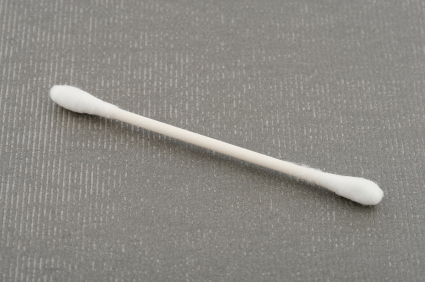Sensory Exam
Components of the sensory examination
1. Light touch

2. Pain

3. Temperature

4. Vibration sense

5. Position sense

6. 2 point discrimination

7. Graphesthesia

8. Stereognosis

9. Double simultaneous stimuli (extinction)

Examination Technique:
- begin distally and move proximally and avoid calloused areas.
- compare right to left.
- when necessary assess for a sensory level, peripheral nerve or dermatomal sensory impairment.
Knowledge of the anatomy of the sensory systems including the anterolateral system that subserves pain, temperature and crude touch and the dorsal columns/medial lemniscus system that subserves vibration, position sense and discriminative touch is essential as it guides your examination.